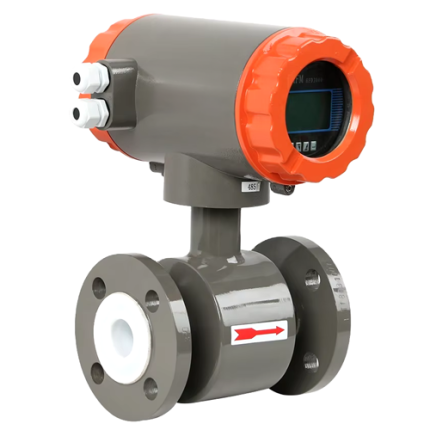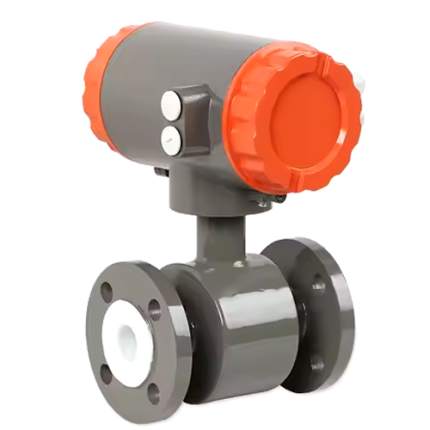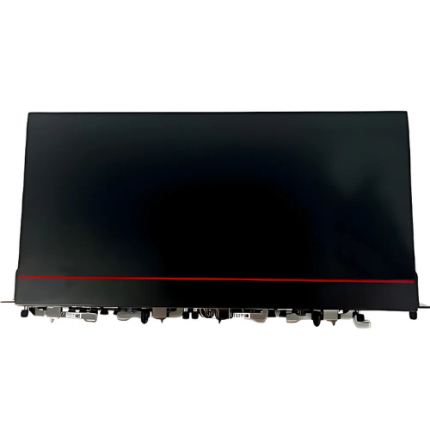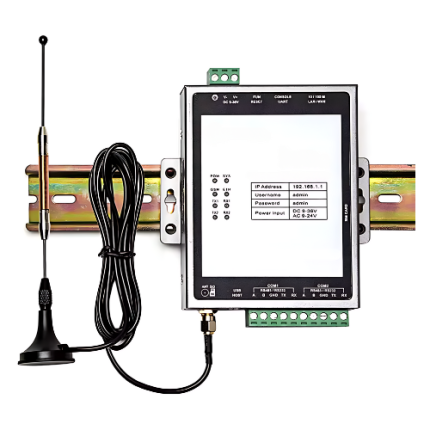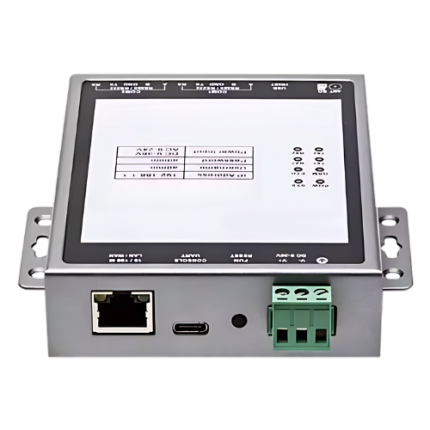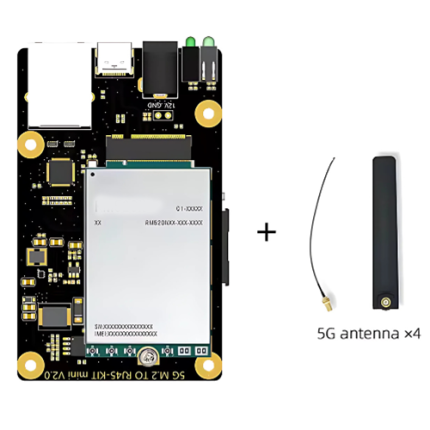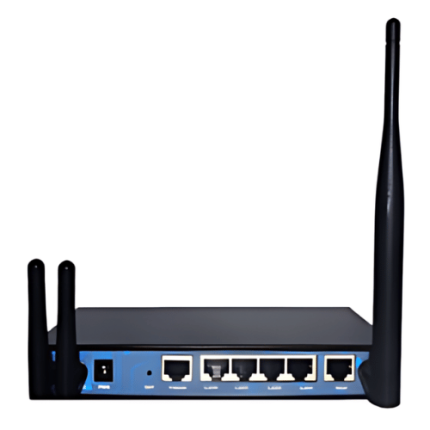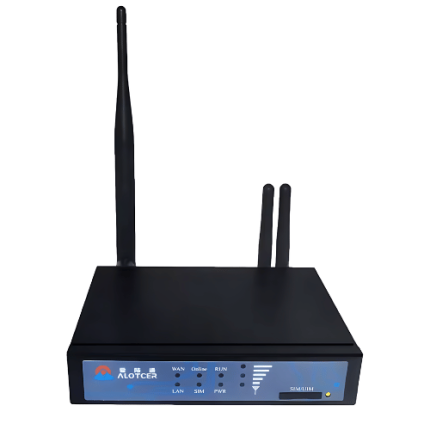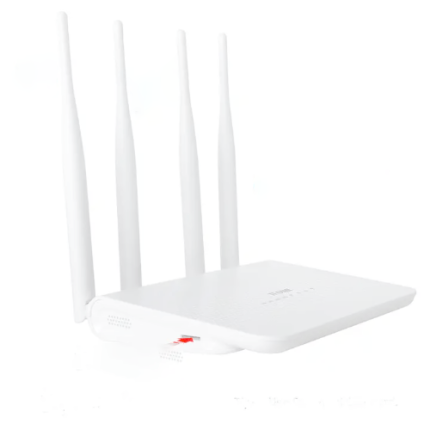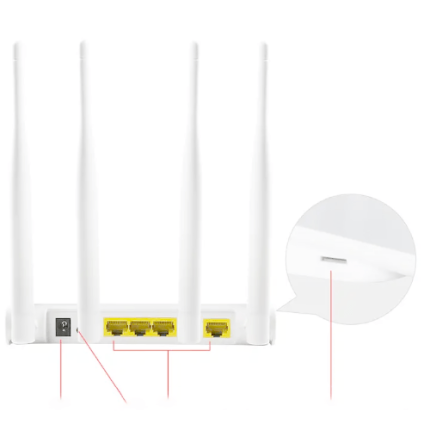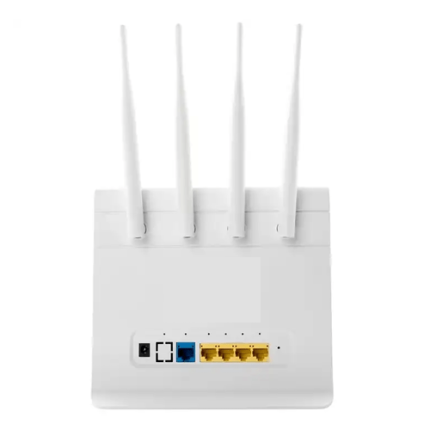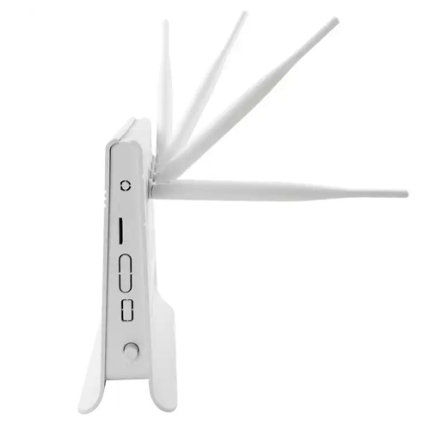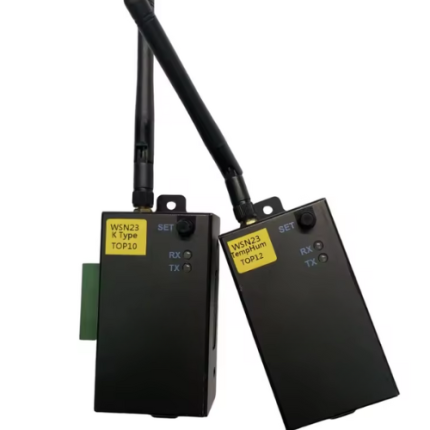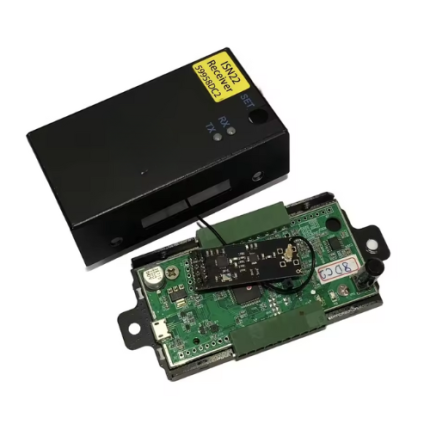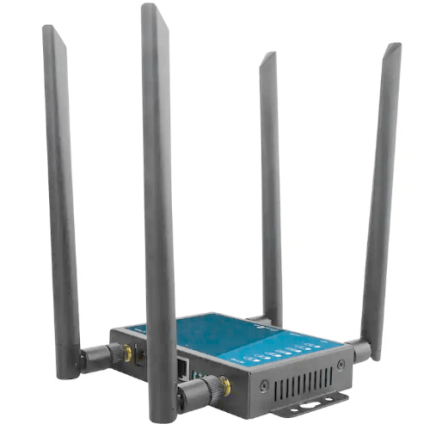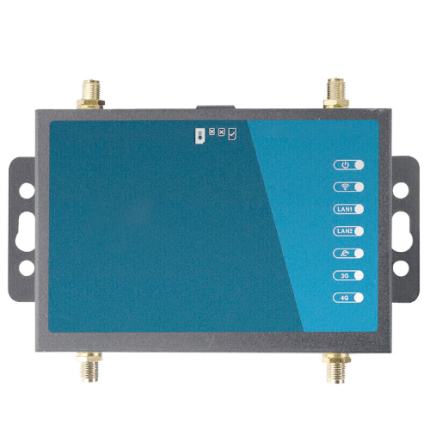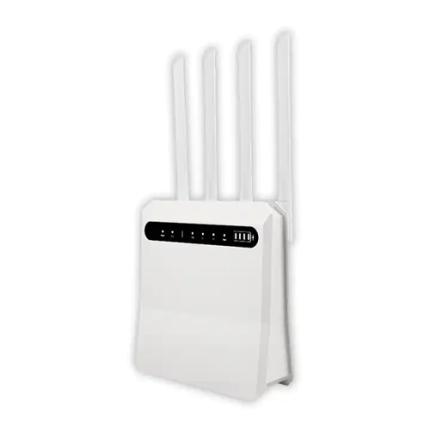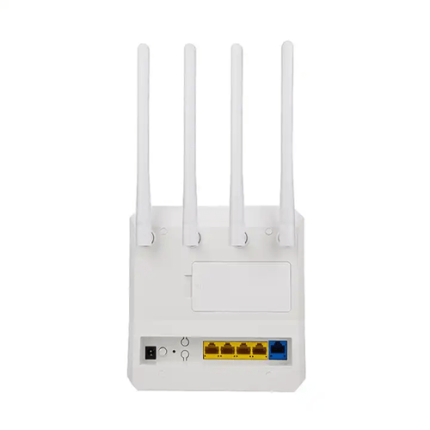Overview
The integration of Narrowband Internet of Things (NB-IoT) and Cellular IoT technologies opens new possibilities in IoT applications, empowering industries with efficient, low-power, and wide-coverage connectivity solutions. NB-IoT, sometimes known as LTE Cat-NB1, is a low-power wide-area network (LPWAN) standard developed to support massive IoT applications. Meanwhile, Cellular IoT, often referred to as Cat-M1 or LTE-M, leverages cellular networks for seamless connectivity across a broader range of applications. Together, these technologies serve to connect diverse IoT devices across industries, from urban infrastructure to agriculture, with enhanced reliability and cost-efficiency. Combining these technologies enables more robust, versatile, and scalable IoT systems, driving significant advancements in fields like remote monitoring, asset tracking, and environmental management.
Introduction to the Combination of NB-IoT and Cellular IoT
Combining NB-IoT with Cellular IoT represents a strategic advancement for applications that demand both broad connectivity and efficient resource usage. With its roots in the LTE family, NB-IoT provides narrowband connectivity suited for devices needing minimal data transfer and extended battery life, while Cellular IoT offers moderate-speed data transmission for applications requiring consistent connection and mobility. When used together, these technologies provide a layered approach to IoT connectivity: NB-IoT supports stationary devices with limited data needs, while Cellular IoT ensures seamless connectivity for applications that require higher data throughput or mobility. The combined power of these technologies caters to applications that span smart cities, industrial automation, healthcare, and environmental monitoring, offering flexible connectivity for complex IoT ecosystems.
Working Principles of NB-IoT, Cellular IoT, and Their Combination
NB-IoT
NB-IoT, or Narrowband IoT, is a low-power, long-range connectivity technology designed to enable IoT devices that communicate sporadically and require minimal data usage. Operating on narrow bandwidth (typically around 200 kHz), NB-IoT is optimized for stationary or near-stationary applications with long battery life. It employs modulation schemes like QPSK and operates in licensed spectrum bands, ensuring stable connectivity with minimal interference. By offering power-saving modes such as Power Saving Mode (PSM) and Extended Discontinuous Reception (eDRX), NB-IoT enables extended device operation without frequent recharging, making it ideal for sensor-based applications and asset tracking.
Cellular IoT
Cellular IoT, commonly known as LTE-M or Cat-M1, extends LTE network functionalities to IoT devices requiring mobility and moderate data transfer. Operating on wider bandwidths than NB-IoT, Cellular IoT allows for more frequent and higher-volume data transmission, suitable for IoT applications with real-time requirements. It also supports full duplex operation and seamless handover between cells, which enables IoT devices to move between locations without connectivity interruptions. This feature makes Cellular IoT advantageous for applications involving vehicles or mobile health monitors. With extended coverage modes, Cellular IoT technology can operate in urban and rural areas, making it ideal for diverse and geographically dispersed IoT networks.
Combined Functionality
Integrating NB-IoT and Cellular IoT within a single IoT ecosystem creates a highly adaptable connectivity framework. NB-IoT enables connectivity for static, low-data applications, while Cellular IoT handles mobile and higher-data applications. For example, a single IoT system for a smart city could use NB-IoT for stationary devices like environmental sensors, while Cellular IoT manages mobile devices like connected vehicles or wearable health devices. Together, NB-IoT and Cellular IoT offer a cost-effective, scalable solution for industries needing both fixed and mobile IoT device support.
Benefits of Combining NB-IoT and Cellular IoT
- Enhanced Connectivity and Coverage: By using both technologies, businesses can achieve seamless coverage across different device types, accommodating both stationary and mobile IoT applications.
- Improved Power Efficiency: NB-IoT’s low-power profile extends battery life for static devices, while Cellular IoT optimizes connectivity for devices requiring more power and mobility.
- Scalability for Large IoT Deployments: The combined use of these technologies allows organizations to scale IoT deployments across various use cases without overloading network infrastructure.
- Cost Savings: Integrating both low-bandwidth NB-IoT for passive devices and moderate-bandwidth Cellular IoT for active devices helps in optimizing resource use, reducing the need for frequent maintenance or replacements.
- Versatile Data Management: This combination allows for a layered approach to data transmission, providing high efficiency for large-scale data collection across varied device networks.
Applications of Combining NB-IoT and Cellular IoT
- Smart City Infrastructure: In urban environments, NB-IoT can power sensors for traffic flow, waste management, and environmental monitoring, while Cellular IoT can manage mobile surveillance and vehicle monitoring systems to enhance city safety and efficiency.
- Industrial Automation and Manufacturing: Combining NB-IoT for stationary equipment monitoring with Cellular IoT for mobile robot communication optimizes operational efficiency, reducing downtimes and enabling predictive maintenance in manufacturing plants.
- Healthcare and Remote Monitoring: In medical settings, NB-IoT connects low-power, stationary medical devices, such as monitoring sensors, while Cellular IoT supports mobile health applications, including remote patient monitoring and emergency response systems.
- Agriculture and Environmental Monitoring: Using NB-IoT for stationary soil or climate sensors, along with Cellular IoT for mobile monitoring equipment, allows comprehensive agricultural monitoring and data collection in fields and greenhouses.
- Logistics and Supply Chain Management: NB-IoT enables the tracking of stationary warehouse assets, while Cellular IoT powers fleet management systems, providing end-to-end supply chain visibility.
- Utilities and Energy Management: NB-IoT’s low bandwidth is ideal for stationary smart meters and energy monitors, while Cellular IoT handles mobile repair units and drone inspections, ensuring continuous energy network monitoring.
- Environmental Conservation: Combining NB-IoT with Cellular IoT enables remote monitoring of wildlife and environmental sensors in conservation areas. NB-IoT can support stationary sensors in remote areas, while Cellular IoT monitors mobile tracking devices for wildlife.
- Retail and Smart Buildings: In retail, NB-IoT connects stationary equipment such as shelf sensors and checkout systems, while Cellular IoT manages mobile devices like inventory tracking robots and security cameras.
GAO Case Studies
- New York, USA – A major utility company implemented NB-IoT and Cellular IoT to monitor infrastructure health and track equipment performance. GAO Tek’s solutions allowed seamless data collection from fixed sensors and mobile inspection units, optimizing maintenance schedules and improving operational safety.
- San Francisco, USA – In a smart city project, the integration of NB-IoT for environmental sensors and Cellular IoT for surveillance systems enabled real-time traffic and air quality monitoring, enhancing urban living standards through more accurate resource allocation.
- Chicago, USA – A logistics company leveraged GAO Tek’s NB-IoT and Cellular IoT solutions to track shipments and monitor warehouse assets, reducing asset loss and optimizing supply chain efficiency with integrated device monitoring.
- Dallas, USA – An agriculture cooperative deployed a GAO Tek IoT system combining NB-IoT for stationary weather sensors and Cellular IoT for mobile crop-monitoring drones, enabling data-driven farming practices for increased crop yields.
- Seattle, USA – A leading healthcare institution utilized GAO Tek’s combined NB-IoT and Cellular IoT technologies to support remote patient monitoring and mobile medical response units, enhancing patient outcomes through real-time health data collection and emergency responsiveness.
- Toronto, Canada – In collaboration with an environmental agency, GAO Tek implemented a mixed NB-IoT and Cellular IoT solution for water quality monitoring, combining fixed NB-IoT sensors in lakes with Cellular IoT on mobile data collection boats, advancing environmental protection in the region.
Navigation Menu for NB-IoT:
Here are NB-IoT End Devices offered by GAO:
10 Inch Electromagnetic Flow Meter with NB-IoT Technology – GAOTek
2400W Co-BBP Unit for UMTS/LTE/NB-IoT Networks – GAOTek
4G Dual Frequency GPS Tracker with BLE 5.2 Waterproof 1000 mAH – GAOTek
4G M2M IoT Gateway with RS485, Ethernet and Modbus Data Logging – GAOTek
4G-LTE GPS Tracker IoT Gateway with High Temp PC IP 68 Rating – GAOTek
5G IoT Module for Enhanced Connectivity and Location Tracking – GAOTek
Navigation Menu for Cellular IoT:
Here are Cellular IoT Devices offered by GAO Tek:
12V IoT Gateway VPN Router with Industrial CPU, WLAN, and Cellular – GAOTek
4G Cellular Modem Router with External Antennas and Multiuser Support – GAOTek
4G Cellular Modem with Dual-Band Wi-Fi and Rotatable Antennas – GAOTek
4G IoT Sensor with RS485 for Temperature, Humidity, & Lux Measurement – GAOTek
4G LTE Cellular Modem for Outdoor Use with Dual Wi-Fi Antennas – GAOTek
4G LTE Cellular Modem with 4000mAh Battery and External Antennas – GAOTek
Navigation Menu for IoT
- LORAWAN
- ZIGBEE
- Wi-Fi HaLow
- Z-WAVE
- BLE & RFID
- NB-IOT
- CELLULAR IOT
- GPS IOT
- IOT SENSORS
- EDGE COMPUTING
- IOT SYSTEMS
Our products are in stock and can be shipped anywhere in the continental U.S. or Canada from our local warehouse. For any further information, please fill out this form or email us.

